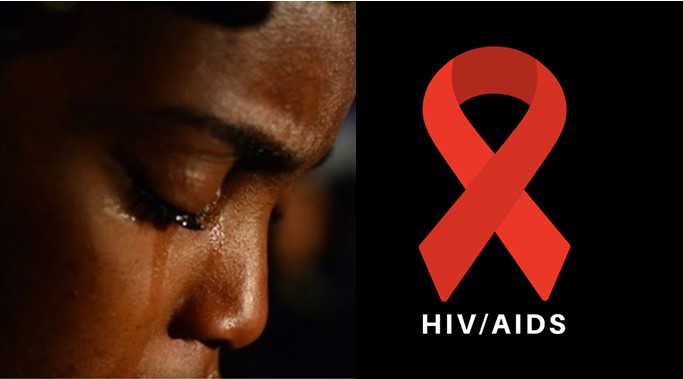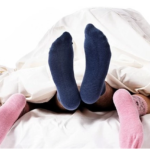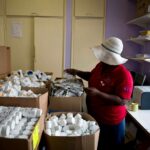
WARNING: Women here are more signs and symptoms of HIV that you should be aware of
Published on August 16, 2022 at 7:32 PM by Flora Mitumba
It’s possible that the initial signs of HIV infection will be vague and easy to overlook. A person with HIV can still infect others even if they don’t show any symptoms themselves.
That’s why checking one’s HIV status is crucial for so many reasons.
There is a common misconception that HIV symptoms in women are the same as those in men. The symptoms of HIV in both men and women are similar but not identical in every case.
During this phase of HIV infection, you may not notice any symptoms at all, and you may even feel totally healthy except from some mildly enlarged lymph nodes (glands).
Here is a list of several typical signs, some of which are unique to women
Variations in your menstrual cycle. You could have irregular periods, greater or lighter bleeding, or severe PMS.
These problems may be brought on by stress or by other sexually transmitted diseases (STDs), which are frequent among people living with HIV.
However, they may also occur due of the virus’s influence on your immune system, which might alter your hormone levels.
To better understand the epidemic of HIV, it is crucial to be aware of the symptoms that are more prevalent in females than in males.
One cannot visually identify an HIV positive individual. Only by taking a test can one be certain. In just 2 days after ordering an HIV test kit online, you can know your results.
Rash is among the earliest HIV symptoms.
A black skin rash that appears on the face, hands, feet, and/or chest is a key indication of HIV.
Epidermolysis HIV-positive:
Symptoms of HIV infection may first show up on the skin. Roughly 90% of those living with HIV will develop a skin rash or other skin issue.
Because the virus lowers resistance, it’s much simpler for skin-damaging bacteria to enter the body and cause difficulties.
Rash is a side effect of some HIV medications. However, with the advent of new drugs, you can simply switch to a different medication if this happens to you.
Variations in Mood:
Changes in a woman’s mental state or neurological symptoms may be indicators of the course of HIV. Depression, characterized by hopelessness and overwhelming sadness, may have a role in this.
There’s a chance people will get stressed out and forget things.
Infected toenails due to fungus:
More severe fungal infections may affect patients with advanced HIV viruses. Keep an eye out for nail thickening, nail curvature, nail splitting, and nail discoloration.
Due to their weaker immune systems, women with untreated HIV are more likely to get fungal infections. Toenails that are yellow, brown, or green may also indicate a fungal infection. a stench emanating from the toenail.
Nighttime sweats:
Night sweats, which are not caused by exercise or the environment, affect half of HIV-positive patients. HIV-related night sweats are most common when sleeping and might make it difficult to keep dry bedding.
Getting enough shut-eye helps your immune system do its job and fight off illness. While you’re sleeping, your body repairs itself. Why a good night’s sleep may do wonders for your mood. This is also why night sweats can occur when your body is battling an infection as severe as HIV.
Yeast infections of the vaginal tract:
Almost every woman will get a yeast infection at some point in her life, but HIV can make it worse. A person infected with HIV expends a great deal of energy fighting against the infection. Thus, their immunity to various infections is compromised.
Remember that every woman has a high risk of getting a yeast infection, and that chronic infections are prevalent. Although more common in diabetics, they are not a typical indicator of HIV infection. However, if other symptoms are present, like a persistent yeast infection, it may be time to get tested for HIV.
Developmental HIV Delays
Those infected with HIV will experience flu-like symptoms for the first few weeks, followed by what is known as the clinical latency stage, also known as asymptomatic HIV infection or chronic HIV infection. During the time that the virus is busy reproducing itself in your body, you will begin to feel better. It’s around this point when symptoms typically begin to disappear.


